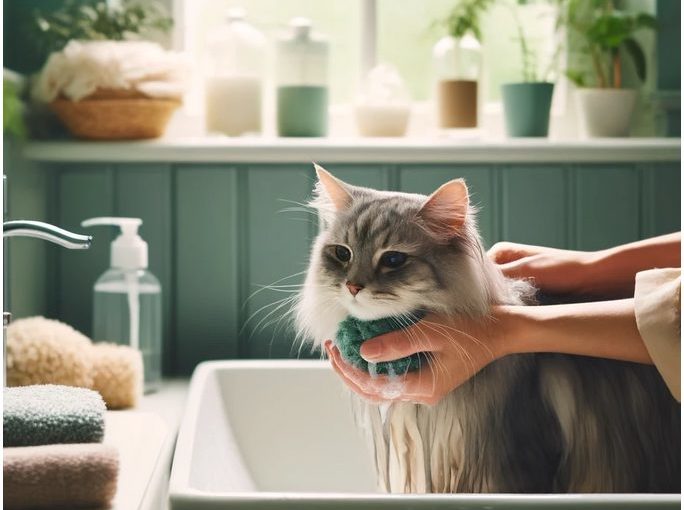
Adopting a cat is a joyful and life-changing experience. For those considering welcoming a new feline friend into their lives, it’s essential to understand the process, the importance of responsible adoption, and the incredible impact you can have on a cat’s life. This guide is designed to walk you through every step of cat adoption, ensuring you’re well-equipped to make an informed decision.
Why Adopt a Cat?
1. Saving a Life: Adopting a cat from a shelter or rescue organization helps reduce the overpopulation problem and gives a cat a second chance at a loving home.
2. Health Benefits: Cats offer companionship, reduce stress and anxiety, and can even improve your cardiovascular health.
3. Variety of Choices: Shelters have cats of all breeds, ages, and personalities, allowing you to find a cat that matches your lifestyle.
Understanding Cat Adoption
1. The Adoption Process:
- Research: Visit local shelters’ websites or use platforms like Petfinder to see available cats.
- Meet and Greet: Spend time with potential cats to gauge their personality.
- Application: Fill out an adoption application, providing details about your living situation and experience with pets.
- Home Visit: Some organizations conduct home visits to ensure a safe environment.
- Adoption Fee: Be prepared to pay an adoption fee, which typically covers vaccinations, spaying/neutering, and microchipping.
2. Preparing Your Home:
- Safe Space: Set up a quiet area with a bed, litter box, and food/water dishes.
- Cat Proofing: Secure loose wires, remove toxic plants, and ensure windows are safely screened.
3. Post-Adoption Care:
- Veterinary Care: Schedule a vet visit for a general check-up and establish a vaccination routine.
- Nutrition: Provide high-quality cat food suitable for your cat’s age and health.
- Behavioral Adjustment: Be patient as your cat adjusts to its new environment. Offer toys and engage in interactive play.
Common Misconceptions About Cat Adoption
- “Shelter Cats Are Damaged”: Many shelter cats are there through no fault of their own and are healthy, affectionate pets.
- “You Can’t Find Purebreds”: Shelters often have purebred cats, but mixed breeds can be just as loving and unique.
Success Stories
If you need further proof of the benefits and pure magic of cat adoption, check out these heartwarming and life affirming success stories from Kitty Cat Connection
Conclusion
Adopting a cat is a rewarding experience that brings love and companionship into your home. By choosing to adopt, you’re not only gaining a furry family member, but also making a positive impact on the animal welfare community. Remember, adoption is a lifelong commitment, and it’s important to be prepared for the responsibilities that come with pet ownership.









